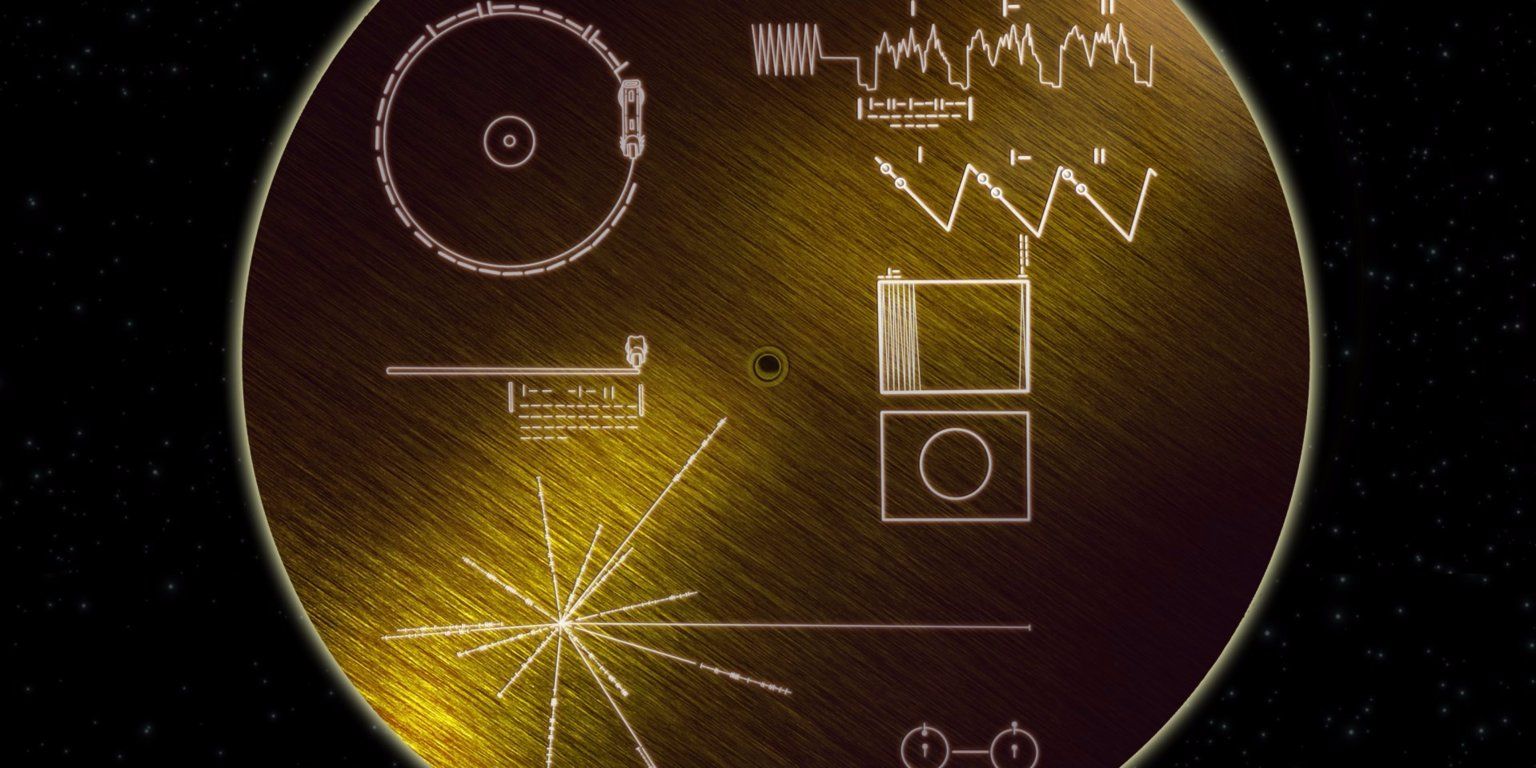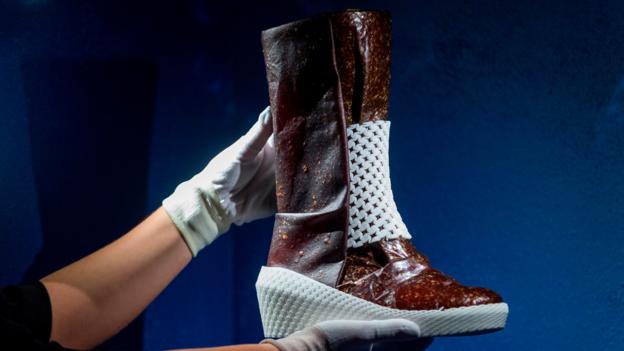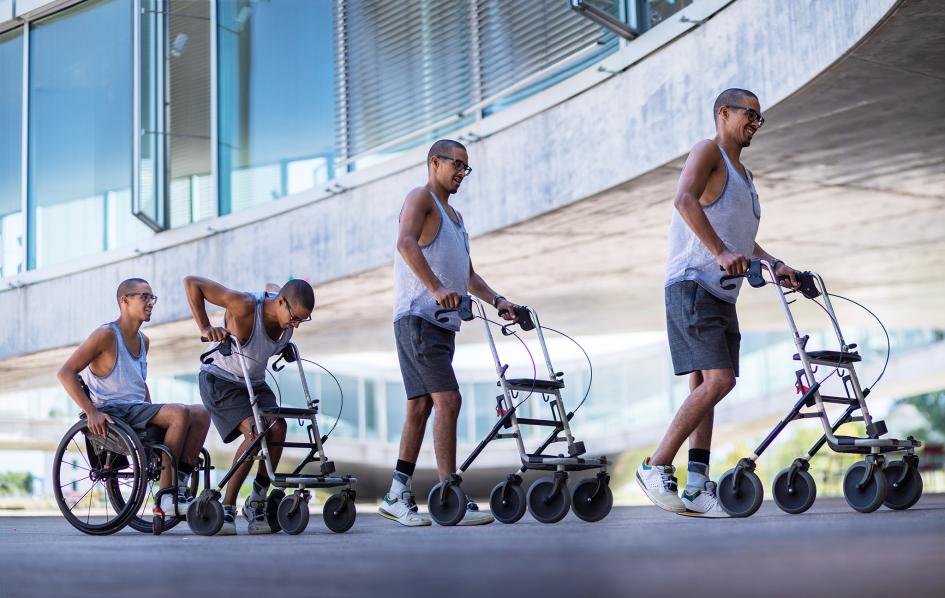There is a monster at the heart of our Milky Way galaxy that eats stars. If it’s not a black hole, astronomers don’t know what else it could be: https://nyti.ms/2RrvazD
Get the latest international news and world events from around the world.

40 years ago, NASA sent a message to aliens — here’s what it says
The message is carried on a golden record.
In September 1977, NASA launched Voyager I from Cape Canaveral, Florida. The craft carried a golden record that contained a message to aliens from the people of Earth. Here’s what it said.
EDITOR’S NOTE: This video was originally posted on February 17, 2016.
Dr. Antonei Csoka at Ending Age-Related Diseases 2018 — Aging as Meta-Disease
Good information 💜.
Dr. Antonei Csoka of Howard University discusses the concept of aging as meta-disease and about the hierarchy of some of the Hallmarks of Aging. He also discusses some of the philosophical and metaphysical underpinnings for the goal of overcoming age-related disease.
►Conference Page: https://www.leafscience.org/ending-age-related-diseases-adva…prospects/
►Subscribe for more: https://www.youtube.com/user/LifespanIO?sub_confirmation=1
►This video is presented by LEAF. Please support our work by becoming a “Lifespan Hero”: http://lifespan.io/hero



Scientists Find Link Between Parkinson’s Disease and the Appendix
Scientists have found further evidence that the gut, or more specifically the appendix, might play a role in the development of Parkinson’s disease.
The international team of scientists reviewed two datasets, including a large registry from Sweden, and found that removal of the appendix was associated with a decreased risk of developing Parkinson’s disease. They also found that the human appendix contains clumps of a protein called alpha-synuclein in a form associated with the disease. There’s more work to be done, and the authors are not advocating that people preemptively remove their appendixes, but they hope that the research could provide a pathway towards treatment.



Why the number 137 is one of the greatest mysteries in physics
The constant figures in other situations, making physicists wonder why. Why does nature insist on this number? It has appeared in various calculations in physics since the 1880s, spurring numerous attempts to come up with a Grand Unified Theory that would incorporate the constant since. So far no single explanation took hold. Recent research also introduced the possibility that the constant has actually increased over the last six billion years, even though slightly. If you’d like to know the math behind fine structure constant more specifically, the way you arrive at alpha is by putting the 3 constants h, c, and e together in the equation — As the units c, e, and h cancel each other out, the.